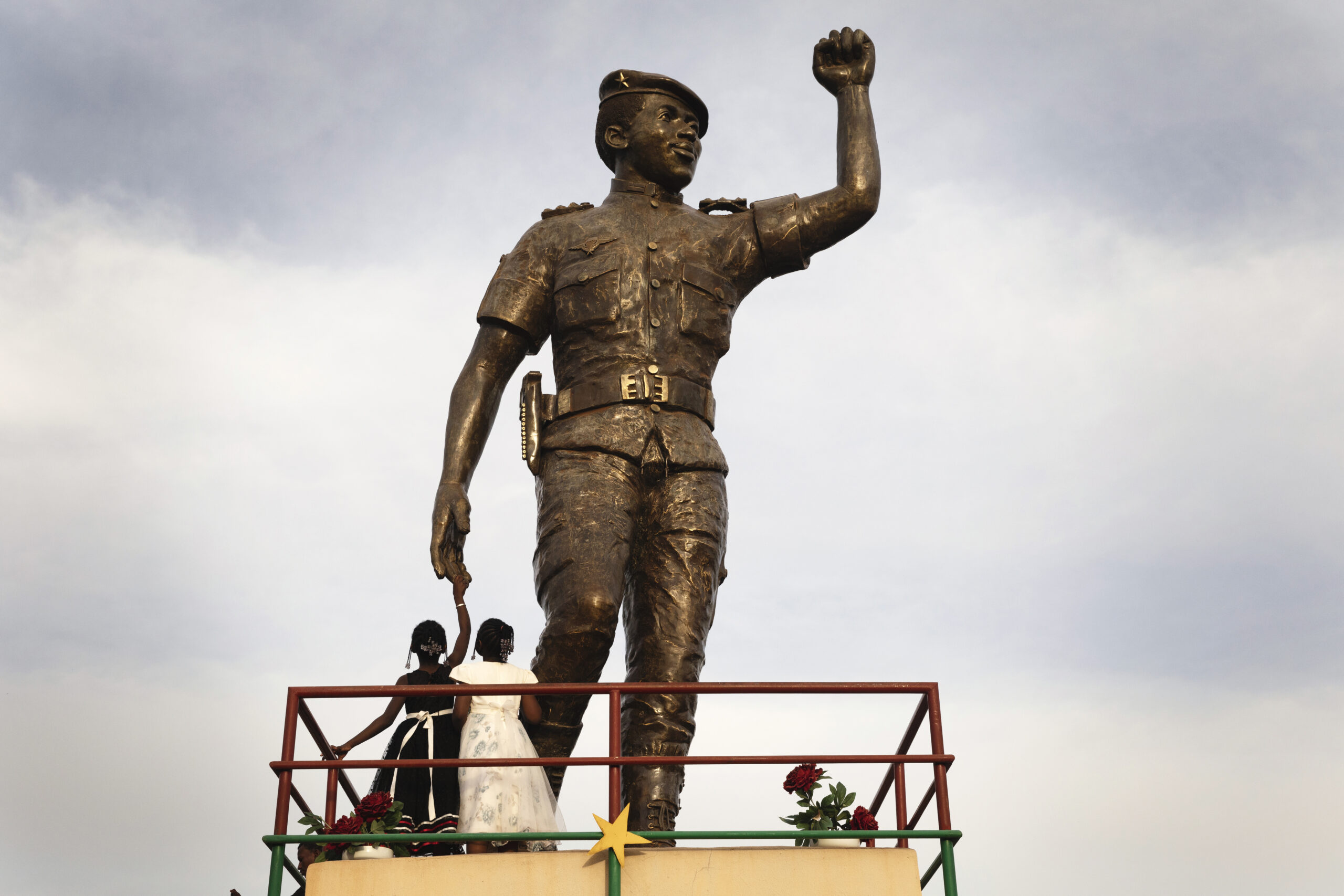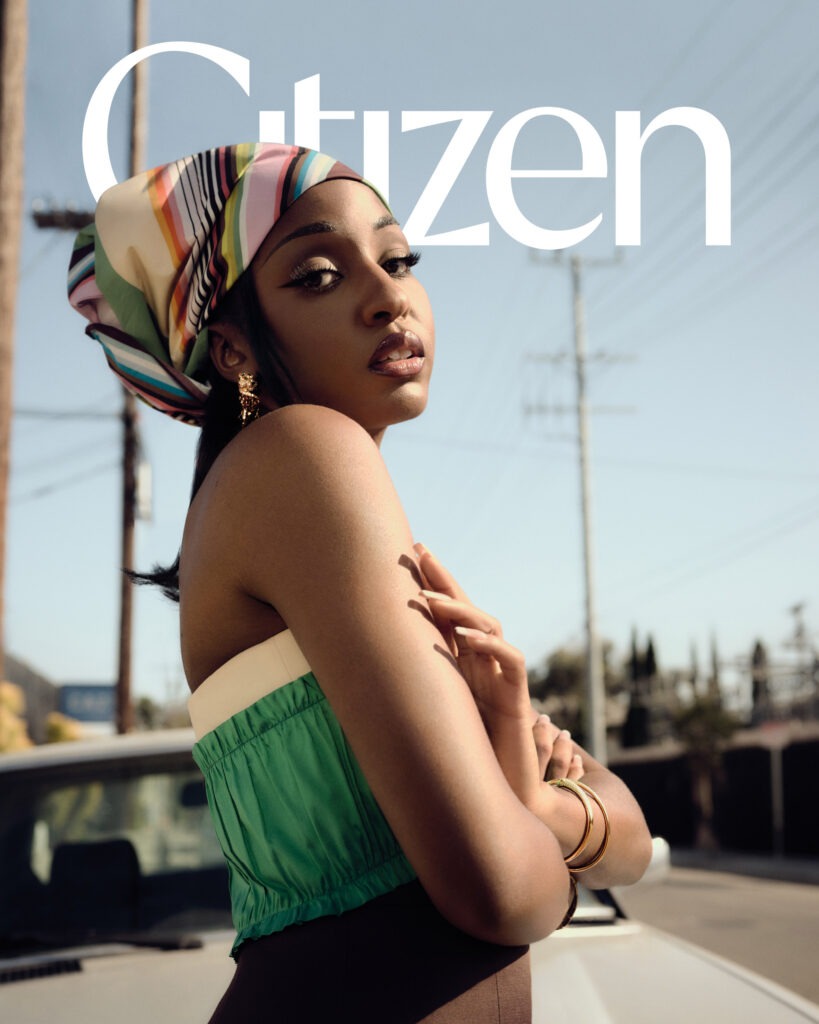Malin Fezehai’s Worldview
An award-winning photojournalist and filmmaker offers us a glimpse into the lives of the women she has encountered–women she has captured with her camera so that we may encounter them, too
Text by Citizen Editor
Issue 004

An Editor’s Note: Eritrean-Swedish photojournalist and filmmaker Malin Fezehai spends very little time at the New York City apartment she calls home. When I first speak to her over Zoom, I ask her where she is. She responds, “I’m actually in New York at the moment,” as though her being in New York in her own apartment is a welcomed surprise. This sentiment, this kind of matter-of-fact-I’m-actually-at-myown-home way of thinking, is the first clue that Malin is someone in perpetual motion. The second clue: I later learn she is headed to Nairobi for a few days.
On camera, Malin is relaxed. She is wearing a t-shirt, and her long, voluminous hair reaches out beyond her shoulders. Halfway through our conversation, she pulls her hair back into a ponytail. I can better see her face. She is pretty, but she does not lead with this and does not rely on it in conversation. She is casual in her tone, and her voice only becomes excited as she describes each image presented in the collection that follows.



Malin reminds me of a particular character that I have often admired, a character that I have encountered as a beloved friend or colleague, but more importantly, a character I have quietly regarded as a hero of sorts—someone whose work and passion precedes them, a journalist and storyteller for whom self seems secondary to work. Often, this character is fueled by a certain kind of ambition, but the best of them are not. They are fueled by the work and by the chance to use their words or images to illuminate the humanity of others. They are fueled by a belief in the power of journalism and the boundless value of capturing a more accurate representation of the world.

In Malin’s work, in this collection of images of women and girls, it is strikingly obvious that Malin is the best of them. In Malin’s images, we see a tender interpretation of the world–a unique point of view. Her lens is gentle and intimate, capturing her subjects seemingly with the intent of showing their humanity rather than their strife, their deep and intimate relationships with one another in scenes that mirror the deep and tender relationships we all encounter in our own lives.

Throughout her photography career, Malin has worked in over 40 countries across Africa, Asia, the Middle East, and North America. For the greater part of her career, she has focused her lens on communities of displacement and dislocation around the world. That work has garnered Malin numerous awards, including a World Press Photo Award and the Wallis Annenberg Prize. Her image depicting a wedding of Eritrean refugees in Israel was the first iPhone image to receive a World Press Photo Award. Malin’s work has appeared in many of the most renowned news publications in the U.S. and abroad, including The Washington Post, The New York Times, The New Yorker, and National Geographic.

All of this, and Malin still appears before me calm, relaxed, with a warm face and absent ego. I imagine that this is how she is able to capture the kinds of images she captures and why her career has garnered such acclaim. It is this disarming posture and casual familiarity that makes one want to welcome Malin into their world. We are all a little more connected to one another when we see what she captures when she accepts that invitation. We are lucky that we can better understand the world beyond our own when we see the images she photographs and encounter the rich stories that flow from them.

